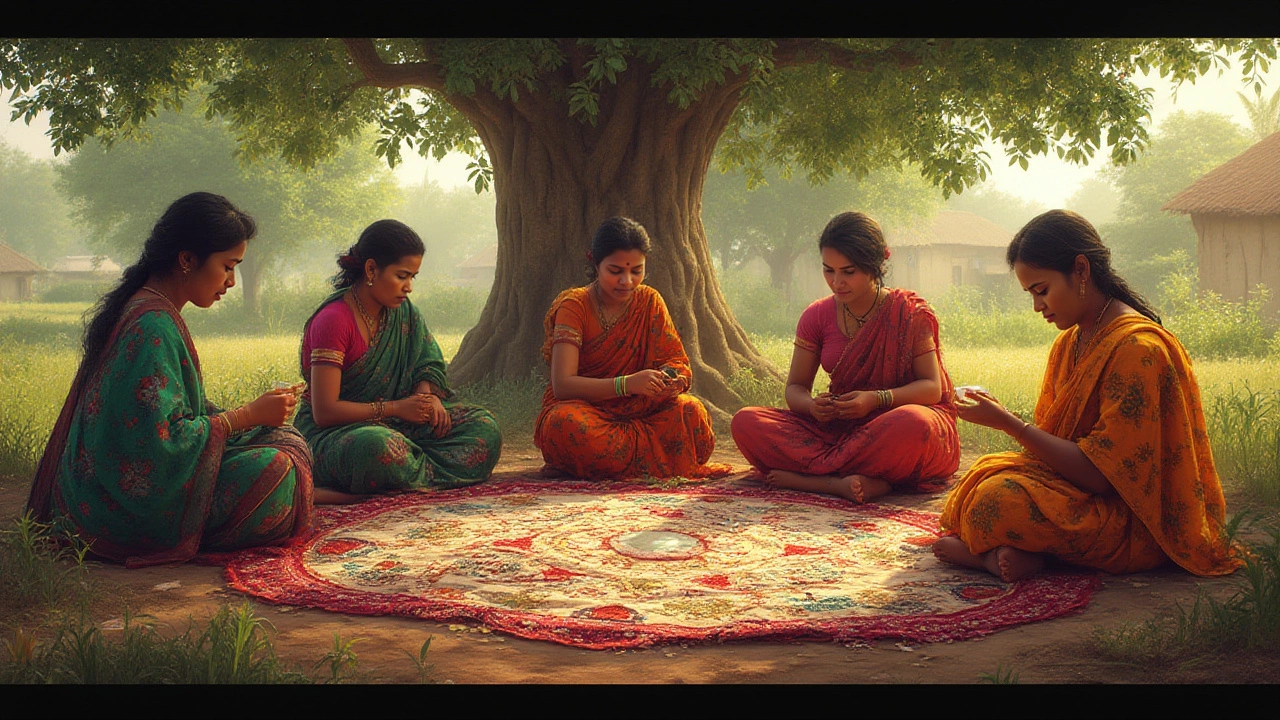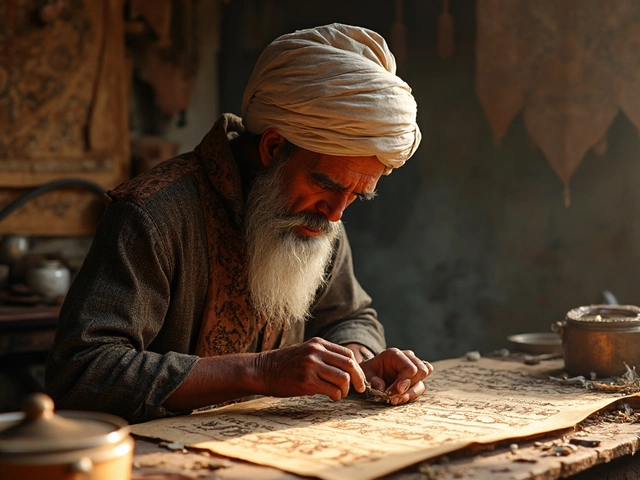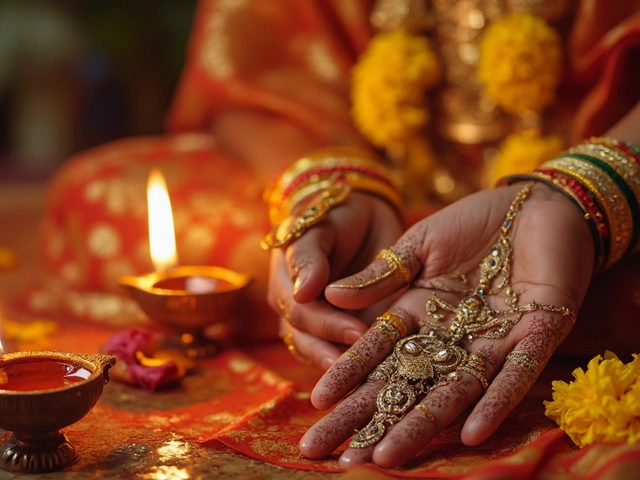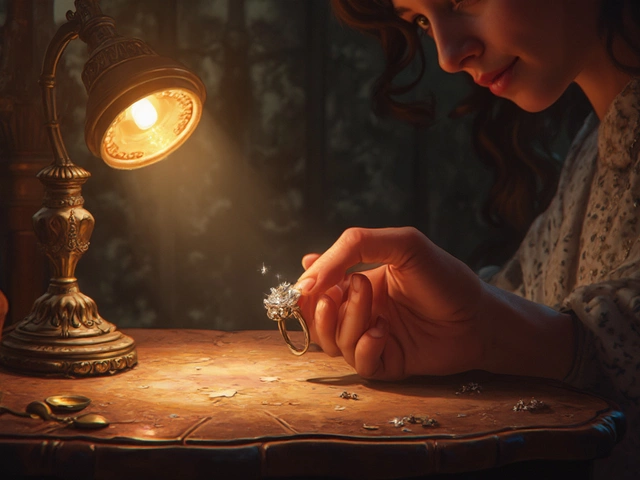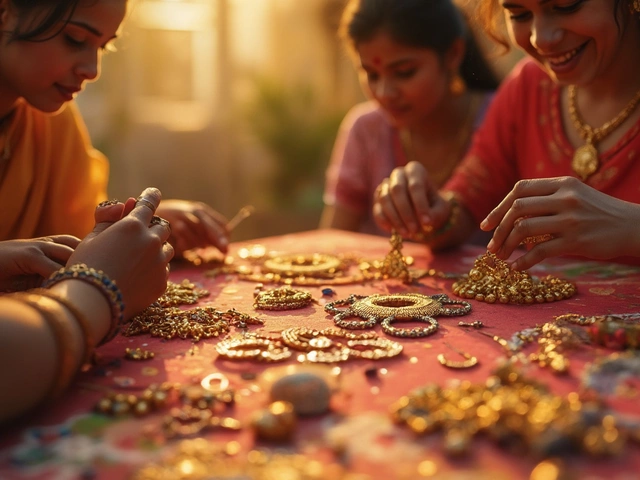Traditional Crafts: A Journey Through Indian Heritage
When you think of India, colors, patterns, and sparkle often come to mind. Those aren’t just trends – they’re the result of centuries‑old crafts handed down from one generation to the next. From the delicate art of gold filigree to the bold stitching of sujni and kantha, each piece tells a story about the people who made it.
Why does this matter to you today? Because traditional crafts give you a way to wear history. A gold mangalsutra isn’t only a symbol of love; it’s a piece of a culture that has celebrated marriage for millennia. A silk saree isn’t just a garment; it’s a canvas painted with regional myths and local pride. Understanding the background helps you pick items that truly fit your personality, not just your wardrobe.
Key Crafts Every Jewellery Lover Should Know
Gold Filigree (Kundan & Meenakari) – These techniques involve shaping thin gold wire into intricate patterns, then filling the spaces with enamel or gemstones. The result is a dazzling piece that catches light from every angle. Look for the BIS hallmark and a 875 or 21K stamp to know you’re getting real gold.
Silver Purity Marks (833 & 925) – The numbers you see on a silver ring aren’t random. ‘833’ means the piece is 83.3% pure silver, while ‘925’ indicates sterling silver. Knowing the mark helps you avoid cheap plating and ensures the metal will last.
Traditional Textiles (Sujni, Kantha, Pashmina) – These hand‑embroidered fabrics often accompany jewellery as part of a complete look. Sujni features fine chain stitch work, while kantha is known for its stacked running stitches that create bold patterns. Both add depth to any outfit.
How to Choose Craft‑Inspired Pieces That Fit Your Life
Start by asking yourself what story you want to wear. If you love bright celebrations, black bangles and beads can add a modern twist to an age‑old tradition. If you prefer subtle elegance, a plain gold nose stud or a simple silver mangalsutra might feel right.
Next, check the hallmarks. A genuine gold piece will carry a stamp like ‘875’ or ‘21K’ alongside the BIS logo. Silver should have ‘833’ or ‘925’. These marks protect you from cheap imitations and give you confidence in the value of your purchase.
Finally, think about care. Gold doesn’t tarnish, but it can scratch. Keep it away from hard surfaces and clean it with a soft cloth. Silver may need occasional polishing, especially if it has a higher copper content.At RH Jewellers India we bring these timeless crafts straight to your screen. Whether you’re hunting for a classic pair of gold earrings, a set of black beads for a modern mangalsutra, or a hand‑embroidered silk scarf, we’ve curated items that honor the artisans behind each piece.
Ready to add a piece of heritage to your collection? Browse our tag “traditional crafts” and discover articles that explain every detail – from fabric choices to jewellery hallmarks. You’ll walk away with knowledge, confidence, and a beautiful item that carries India’s artistic soul.
Kantha vs Nakshi Kantha: Key Differences, Traditions, and Style Insights
Decoding Kantha and Nakshi Kantha: This guide explores their real differences, roots, techniques, and the stories stitched into every thread.
